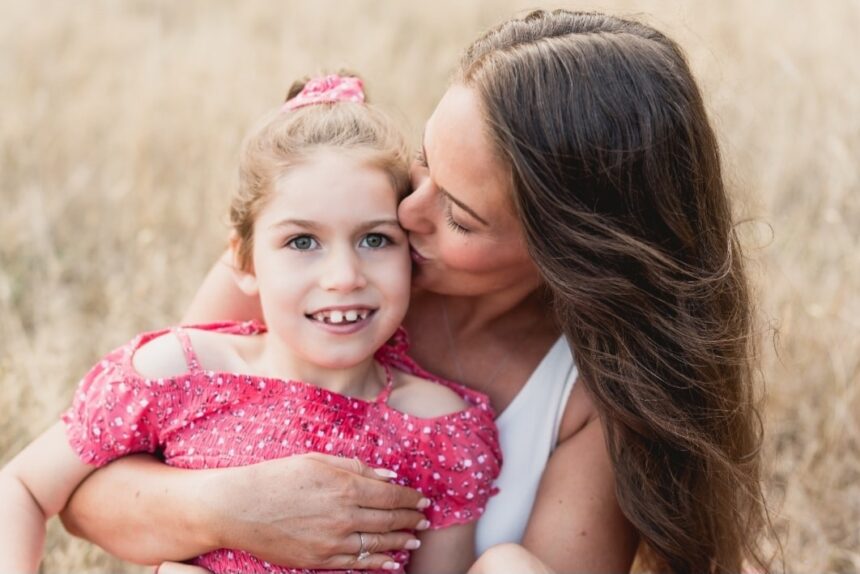In a breakthrough moment after months of advocacy, the parents of 10-year-old Maya Sorensen from Vancouver Island have secured a long-sought meeting with British Columbia’s Health Minister to discuss funding for a life-changing treatment for their daughter’s ultra-rare genetic disorder.
The meeting, scheduled for next Tuesday, represents a critical opportunity for the Sorensen family, who have been campaigning tirelessly for provincial coverage of Luxturna, a gene therapy treatment that costs approximately $1 million per eye and could prevent Maya from losing her vision entirely.
“This meeting means everything to us,” said Ellen Sorensen, Maya’s mother. “We’ve been sending emails, making calls, and gathering community support for nearly eight months. To finally have the minister’s ear is both a relief and incredibly nerve-wracking.”
Maya was diagnosed with Leber congenital amaurosis (LCA) at age three, a rare inherited retinal disease that causes severe vision impairment beginning in childhood. The condition affects fewer than 15 children in British Columbia, making it challenging to secure public funding for specialized treatments.
Luxturna, approved by Health Canada in 2020, represents the first gene therapy for the condition and has shown remarkable results in clinical trials, with some patients experiencing significant vision restoration. However, its steep price tag has placed it beyond reach for most families without provincial health coverage.
The family’s campaign gained momentum after a community fundraiser in Nanaimo last month raised over $75,000 and attracted media attention. A petition with more than 12,000 signatures was delivered to the legislature in Victoria, adding pressure on government officials to address the issue.
“The science is clear that early intervention is crucial,” Dr. Alicia Cheng, pediatric ophthalmologist at BC Children’s Hospital, told CO24 News. “For conditions like Maya’s, the window for effective treatment narrows as the disease progresses. What we’re discussing isn’t just about improving quality of life—it’s about preventing irreversible vision loss.”
The meeting comes amid growing national debate about how provinces should handle funding for ultra-expensive treatments for rare diseases. Currently, Ontario and Quebec provide coverage for Luxturna, creating what advocates call a “postal code lottery” for Canadian patients with rare conditions.
Health policy experts note that the situation highlights broader challenges in Canada’s healthcare system. “Provincial governments are increasingly facing difficult decisions about extremely high-cost treatments for very small patient populations,” explained Dr. Michael Stevenson, health economist at the University of British Columbia. “These decisions involve complex ethical, economic, and human considerations that our system wasn’t originally designed to address.”
The Sorensen family hopes the minister will consider not just the financial implications but the transformative impact coverage would have on Maya’s future. “We’re not just talking about a medical treatment,” said Maya’s father, James Sorensen. “We’re talking about whether our daughter will be able to see the world as she grows up, whether she’ll be independent, whether she’ll have the same opportunities as other children.”
Maya, described by her teachers as bright and resilient despite her challenges, has a simple wish: “I just want to be able to see my friends’ faces clearly and read books without having them right up to my nose,” she told reporters through a written statement.
As the crucial meeting approaches, the case raises important questions about equity in healthcare across Canada: In a system that promises universal coverage, how do we ensure that patients with rare conditions aren’t left behind simply because their diseases affect too few people to command political attention?










